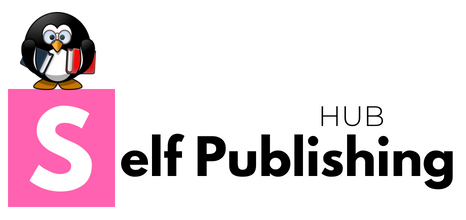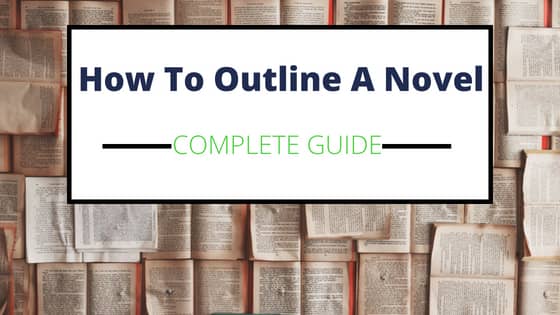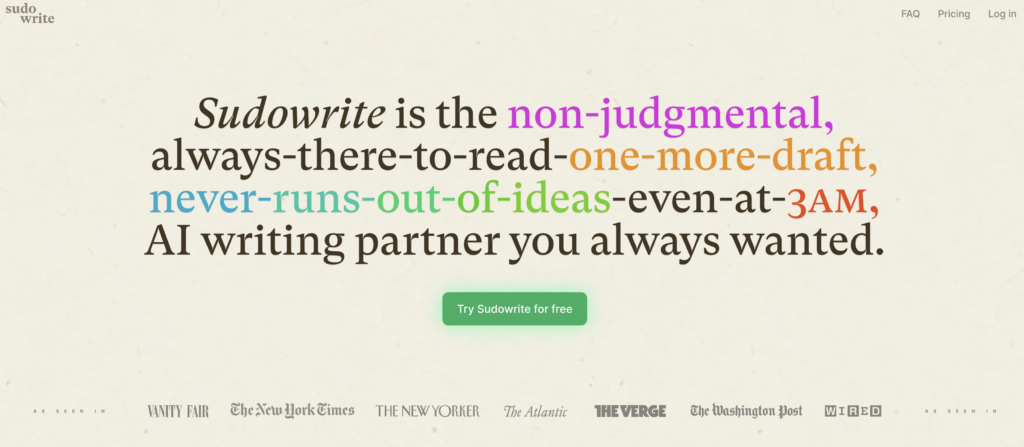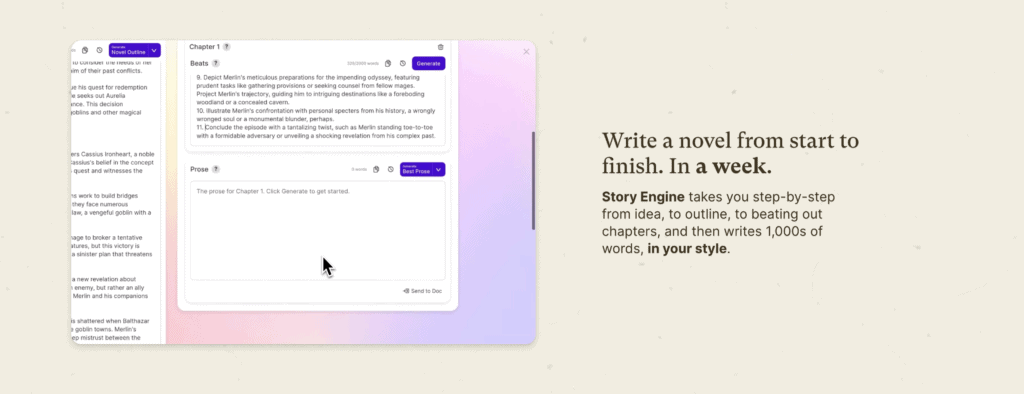Disclosure: The content on this site is free. Some of the links below are affiliate links from companies like Amazon.com and if you click the links and make a purchase we will receive a small commission at no additional cost to you. Thank you in advance if you decide to support our site by using our affiliate links!
The Hero’s Journey or Monomyth Outline Story Structure
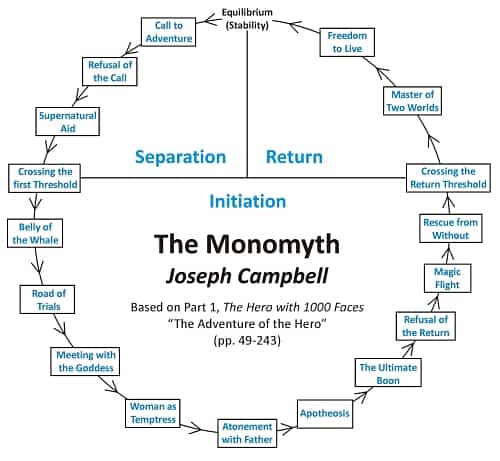
By RegHarris4Wiki – Own work, CC BY-SA 4.0, Link
Overview of the Hero’s Journey or Monomyth Story Structure
The Hero’s Journey or Monomyth was created by Joseph Campbell, an American mythologist, writer, and lecturer.
Campbell researched and reviewed numerous stories and myths from a variety of time periods and regions of the world.
After doing his research he concluded that there are fundamental principles that the Hero’s Journey or Monomyth share. There are two versions of the hero’s journey, the most basic which consists of 12 fundamental principles and the more detailed version that contains up to 17 steps in the Hero’s Journey.
Pros and Cons to the Monomyth Story Structure
Here are some pros and cons to consider before you decide to craft your outline and story using the Campbell’s Hero’s Journey.
Pros to using the Hero’s Journey Story Structure
- One of the most identifiable story structures there is- very comfortable for your readers
- It’s time tested and has proven to help you develop a winning story if you are writing a hero story
- Easy to understand and write
- Easy to show character growth throughout the story
Cons to the Monomyth
- It’s been done a lot. Meaning if you don’t do it well, it may seem predictable or mundane.
- It can seem a bit formulaic for some writers, you have to be careful and make sure you have your voice and creativity shine through despite using this overused story structure.
- May not be the best choice if you aren’t writing a traditional hero story.
- The hero’s triumph might not fit what your story needs to accomplish.
- If you want the room to explore character growth in new and non-traditional ways it may seem a bit antithetical to the normal flow of your story structure.
The 12 Basic Steps in the Basic Hero’s Journey Outline
Here are the 12 basic steps in the Hero’s Journey. The entire journey is broken into 4 equal parts each containing 3 steps in the Monomyth.
Follow the following steps while outlining your novel to create the perfect Hero’s Journey/Monomyth Story.
Part I of the Hero’s Journey: Call to Adventure
- The Ordinary World: The Hero is found in the ordinary world (Their natural habitat and home)
- The Call to Adventure: A conflict occurs that calls for the hero to leave their normal world and search for something.
- Refusal: The Hero may not be a natural born hero at first, and may actually be hesitant or reluctant to take on the adventure at first.
Part II of the Hero’s Journey: Supreme Ordeal/Initiation
- Mentor/Helper: At the early stages of their journey the hero will meet a mentor or helper that will act as a sidekick of sorts to help them through the journey.
- Crossing the Threshold: The threshold is the point in the journey where there is no turning back for your hero.
- Test/Allies/Enemies: They will encounter tests or enemies that they must overcome to continue the journey.
Part III of the Hero’s Journey: Unification/Transformation
- Approach: After overcoming initial obstacles the hero and their allies prepare for a major challenge in the new world.
- Ordeal: The ordeal is a point where the group is challenged to the point near death. Often their greatest fear is revealed. From the Ordeal comes a new life or revival.
- Reward: This is the reward the hero receives for overcoming the ordeal.
Part IV of the Hero’s Journey: Road Back/Hero’s Return
- Road Back: Once the reward is won, the party starts back to their normal world with the treasure.
- Atonement: As the Hero reaches the threshold back to the normal world, he is tested one last time. This is the Climax and threatens to reverse previous achievements. At this point, the story has come full circle and the conflict from the beginning is resolved.
- Return: The Hero returns back to his normal life in the ordinary world with all things restored back to normal.
If you want to see some good examples of the Hero’s Journey Click Here
Free Scrivener Template for the Hero’s Journey/Monomyth
If you want to download a free copy of our Scrivener Hero’s Journey/Monomyth Outlining Template Click Here.
Note: You will need Scrivener to use it. If you don’t have Scrivener you can Get Scrivener Here.
Or find out Why Scrivener is the Best Writing Software for Writers Here.
